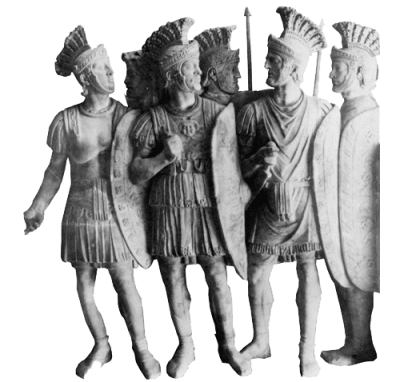WORLD ART
MUSEUMS
THE BRITISH MUSEUM

LOUVRE
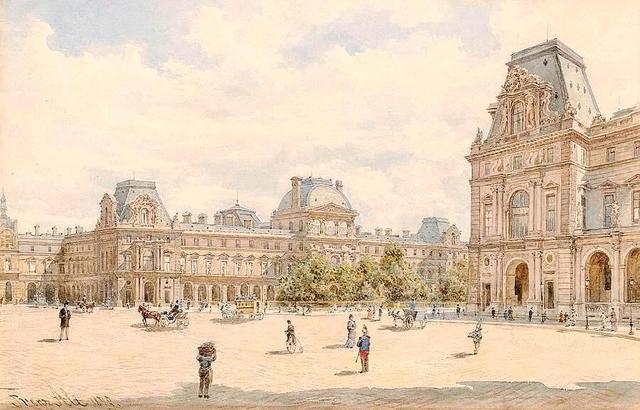
GALLERIA BORGHESE
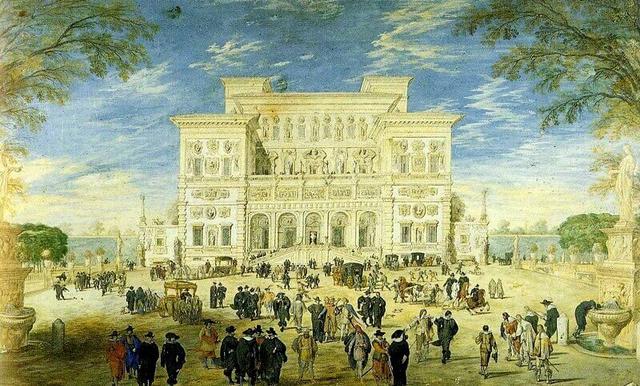
HERMITAGE
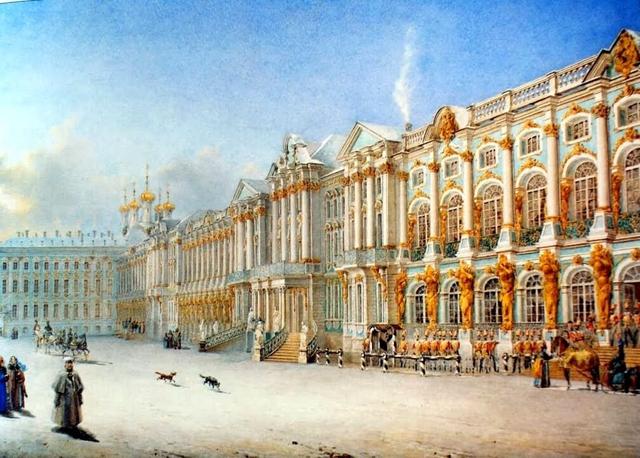
VATICAN MUSEUMS
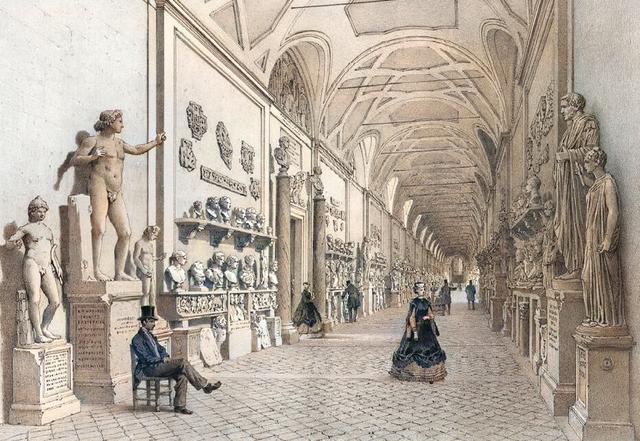
Culture of Europe
Classical art
ANCIENT GREEK art stands out among that of other ancient cultures for its development of naturalistic but idealized depictions of the human body, in which largely nude male figures were generally the focus of innovation. ROMAN art was influenced by Greece and can in part be taken as a descendant of ancient Greek painting and sculpture, but was also strongly influenced by the more local Etruscan art of Italy.
Medieval art
Medieval art can be broadly categorized into the Byzantine art of the Eastern Roman Empire, and the Gothic art that emerged in Western Europe over the same period. Romanesque art and Gothic art dominated Western and Central Europe from approximately 1000 AD to the rise of the Renaissance style in the 15th century or later, depending on the region
Renaissance art
Renaissance art emerged as a distinct style in northern Italy from around 1420, in parallel with developments which occurred in philosophy, literature, music, and science. It took as its foundation the art of Classical antiquity, but was also influenced by the art of Northern Europe and contemporary scientific knowledge. Renaissance artists painted a wide variety of themes.
Mannerism, Baroque and Rococo
Renaissance Classicism spawned two different movements—Mannerism and the Baroque. Mannerism, a reaction against the idealist perfection of Classicism, employed distortion of light and spatial frameworks in order to emphasize the emotional content of a painting and the emotions of the painter.
